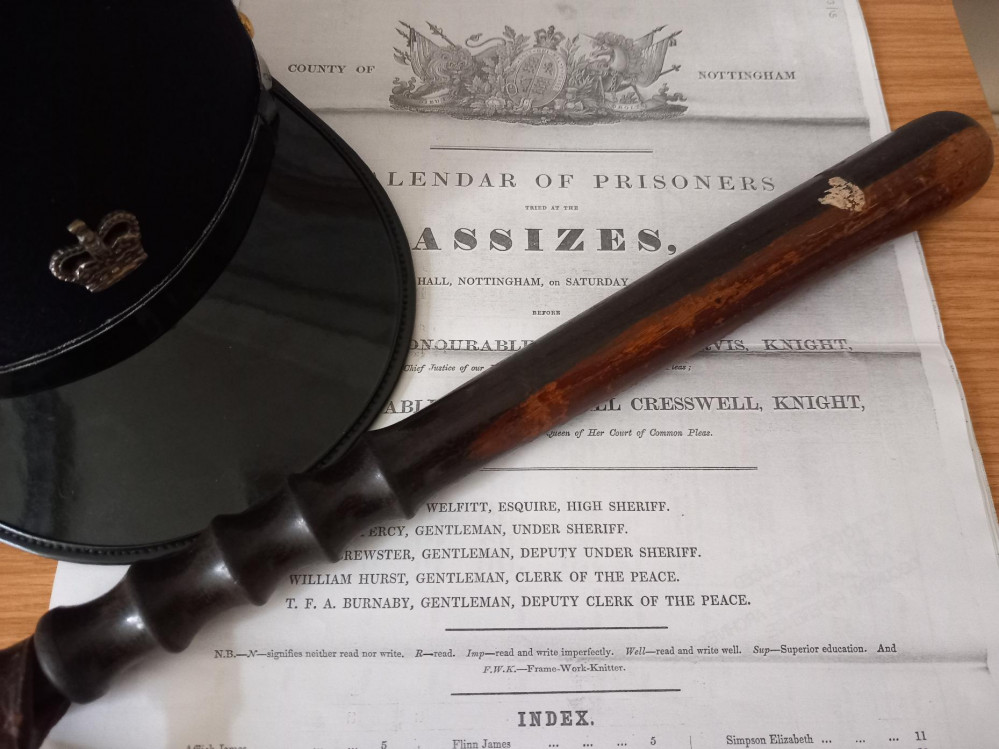
Dredd to Thieftakers Volume 2- VICTORIANS
Perp-Criminal Cards part one
First off we have William Saville, one of the most notorious cases of the 19th century. His wife and three children were found dead in a local wood with their throats cut. He claimed later that the wife had killed the children and he had killed his wife in a struggle. Any dead bodies found during this period were taken to a pub in what today would be the function room upstairs where the coroner would do an inquest and gather evidence for a future trial. Saville was later sentenced to death in 1844 but that wasn’t the end of the story. The crowd that gathered for the execution was so large that 12 people died in the crush. 5 more later died of their wounds. There are accounts of people in the crush being thrown in the air and involuntarily crowd surfing. Other unruly behavior included pickpocketing and grabbing a mans hat and throwing it across the crowd. Saville was buried in the exercise yard of the gaol.
In contrast Joseph Marshall got in an argument with his wife in 1856 and wounded her with a knife cut to the throat and received three months.
Henry Smalley was one of many arrested on drunk and disorderly chargers which increased amongst the urban poor as the century progressed. He was let off on good behavior and went home without trial.
Hannah Grocock stole 156 pairs of stockings worth £7 from one employer and then another 200 from another before attempting to sell them on. The 20 year old received 6 months in the County Gaol.
Samuel Blower was transported to the colonies in the dying years of that particular punishment for burglary. He was given a ten year sentence which began once you reached your destination. Only 5% returned as you had to pay your own fare. Saying that one man came back to Nottingham from Australia twice.
Mary Hopewell was the last woman from Nottingham to be transported in 1852 for stealing lace, which was a common enough crime in the town known for its lace mills.









































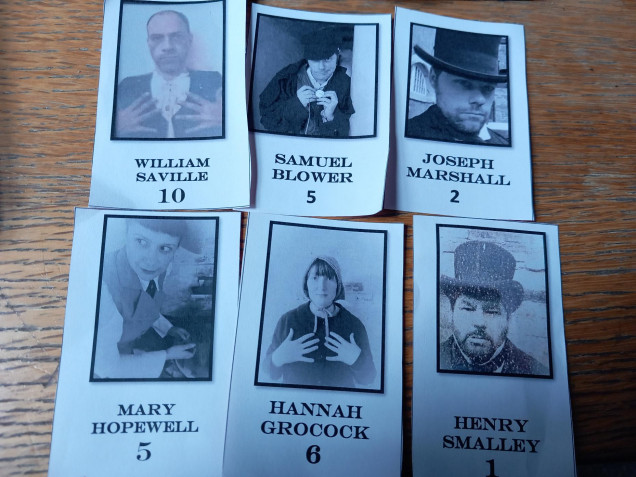




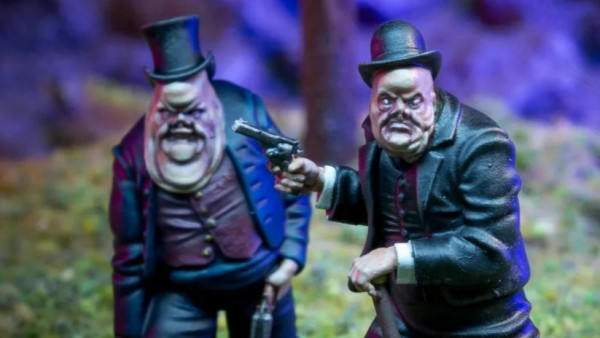




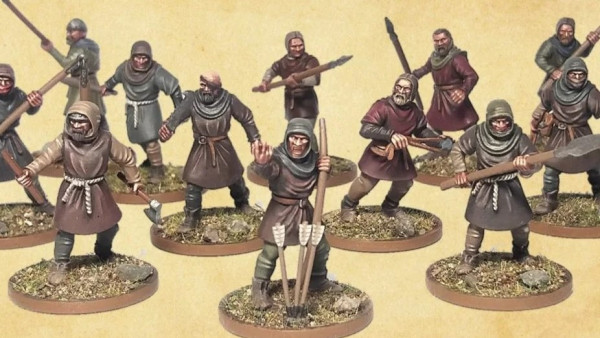




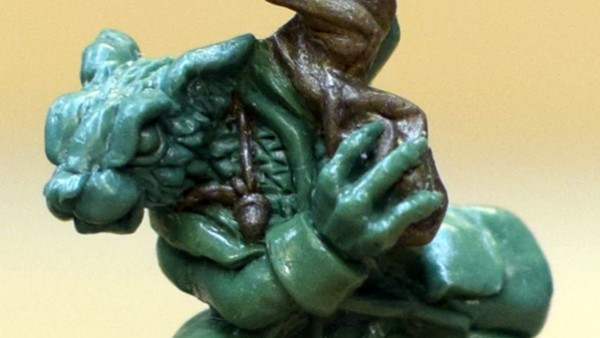










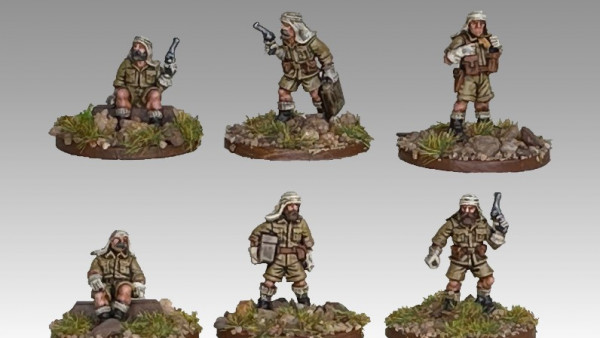




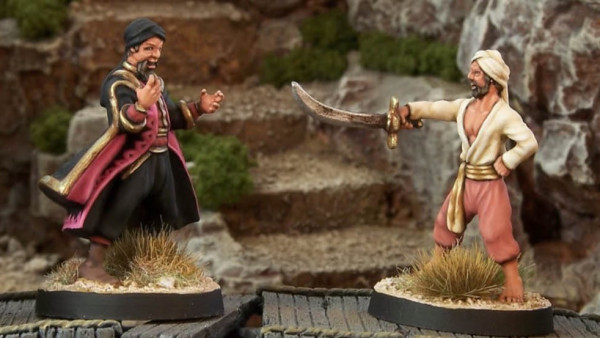



Leave a Reply